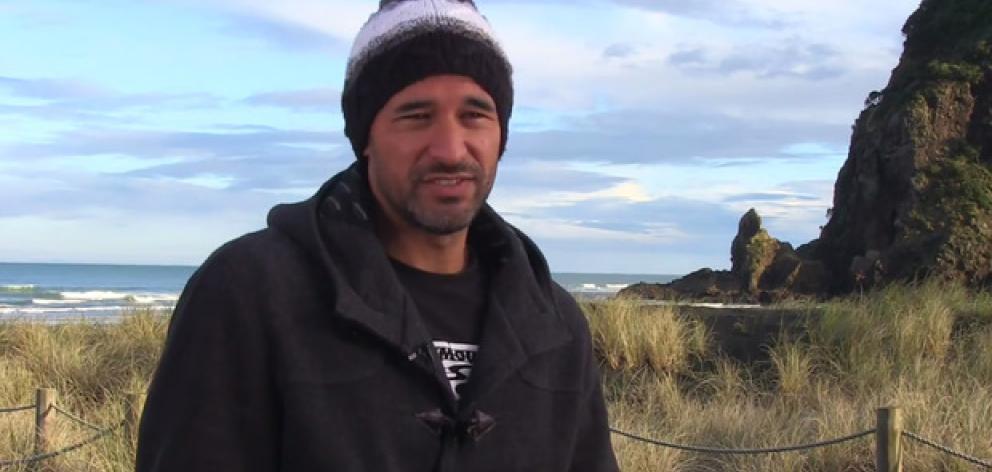
A Massey University researcher is adamant he's not studying surf rage as an excuse to hit the waves and says the aggressive behaviour is common on New Zealand water.
Jahn Gavala said surf rage, which occurred when surfers got protective of their local surf and could lead to intimidation and even physical assault, was prevalent especially in places where there were big surf breaks and was often visible to other surfers as it often stemmed from people protecting their space or surf break.
"People have ownership or de mark certain spaces in the surf zones, they form packs of surfers, they use verbal intimidation, physical intimidation and the raging is being physically beaten up - boards broken, cars broken."
The 42-year-old, who has just returned from two-years leave to surf in Indonesia, will be the first psychologist in New Zealand to look into surf rage and the research will make up part of his PhD in Psychology.
"There's an idea of surfers being really mellow and relaxed basically and in fact some surfers are pretty amped and not that chilled out."
He believed some of the traits were specific to surf rage as surfers were usually claiming a public space or spot, which was different to road rage.
Gavala, who has been surfing for 30 years, planned to observe surfers at six premiere surf breaks including Northland, Auckland, Waikato, Mt Maunganui, Whakatane, Gisborne and Taranaki during the busy summer period.
He wanted to talk to both those involved in surf rage both on the giving or receiving end, administer psychometric tests to measure aggression, depression and stress, as well as running a focus group with a bunch of surfers.
"A lot of people who aren't surfers are sceptical of my intentions... certainly I'm going to be in the water because I want to actually gauge what the feeling is like out there.
"There are some basic human tendencies that motivate people to engage in that kind of intimidation and scare people out of a place because they want to claim that space and have that wave all to themself."
More mild surf rage included surfers being ignored, intimidated, told to get out of the water, splashed at and receiving an evil eye, he said.
While he said he had seen a lot of surf rage in popular spots in Australian and Bali, it also happened in New Zealand.
"Every time I go to Piha, I see an incident going on. But if you're not a surfer you don't notice it's going on. It's like the underbelly of the surfing society.
"There's a lot of jockeying and jostling that goes on in the surf, so if you're not in the water you don't see it."
The aim of the research was to get an understanding of what localism and surf rage was in New Zealand and how people can avoid being in these conflicts.
Along with looking at surf rage, the remainder of his research would be finding out the origins of Maori surfing and whether the Maori craft of surf board building could be used as a therapy programme.












